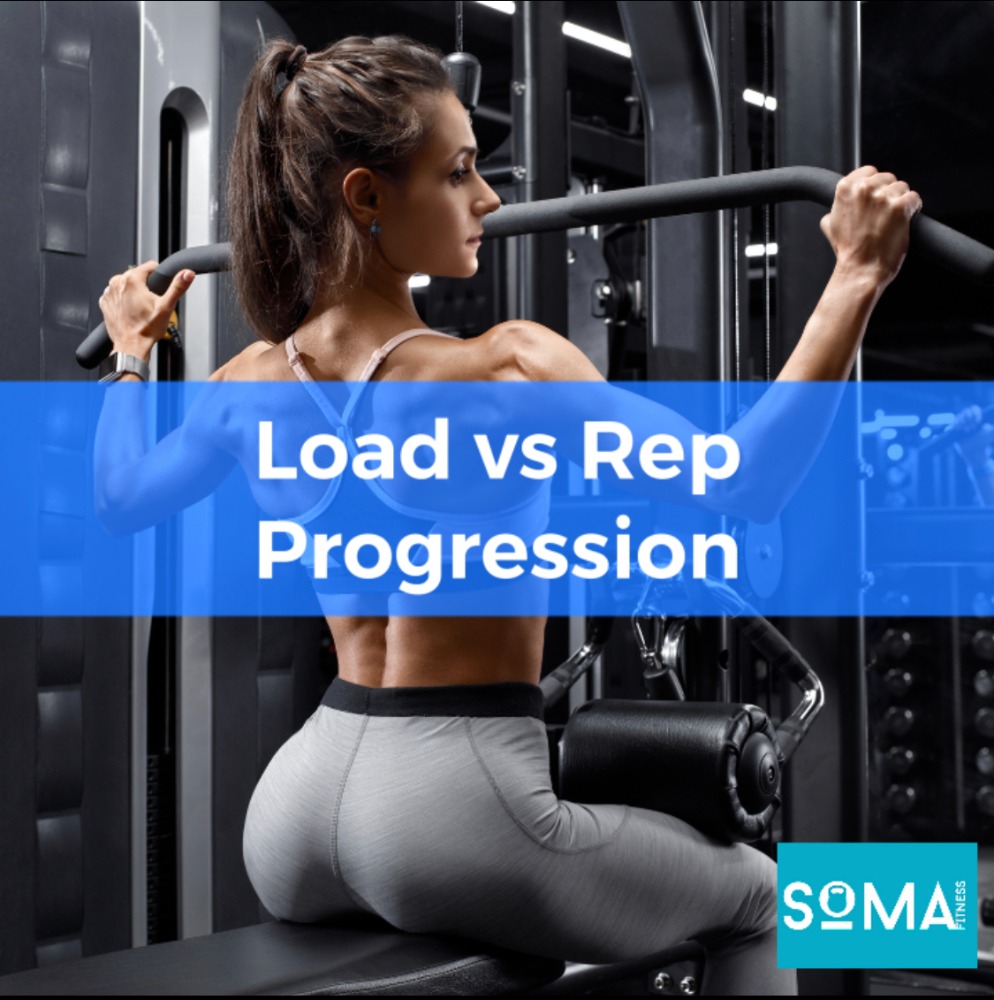Load vs Rep Progression

Reference:
Plotkin et. al. (2022) Progressive Overload Without Progressing the Load? The Effects of Load or Repetition Progression on Muscular Adaptations. PERJ.
Details of the Study:
- Trainees performed the same lower-body workout 2x per week for 8 weeks, taking all sets to failure.
- One group lifted within the 8-12 rep range and attempted to increase the load over time, still sticking to this rep range.
- The other group also lifted within the 8-12 rep range initially. However they aimed to perform more reps overtime whilst maintaining the same load.
Results:
- It was found that both groups saw increases in muscle thickness of all muscles measured, with no notable trends favouring either condition.
- Furthermore, changes in lean mass of the legs were similar between groups.
- This supports the main know drivers of hypertrophy are mechanical tension and metabolic stress are both great for hypertrophy.
Real World Application:
- This study suggests that progression via load or reps results in similar outcomes, as long as the set is taken to failure. Therefore, if muscle growth is the aim then proximity to failure should be prioritized.
- Once you know you can train to failure successfully and it comes the decision to either up the weight or increase reps. Exercise execution is vital for all lifts and movements it would be useful to hire a personal trainer to coach you on exercise execution.
- A useful strategy would be to perform your compound more mid range movements with the progression of load and your isolation movements towards the shortened and lengthened ranges of the muscle towards higher rep ranges.

Leave a Comment
(0 Comments)